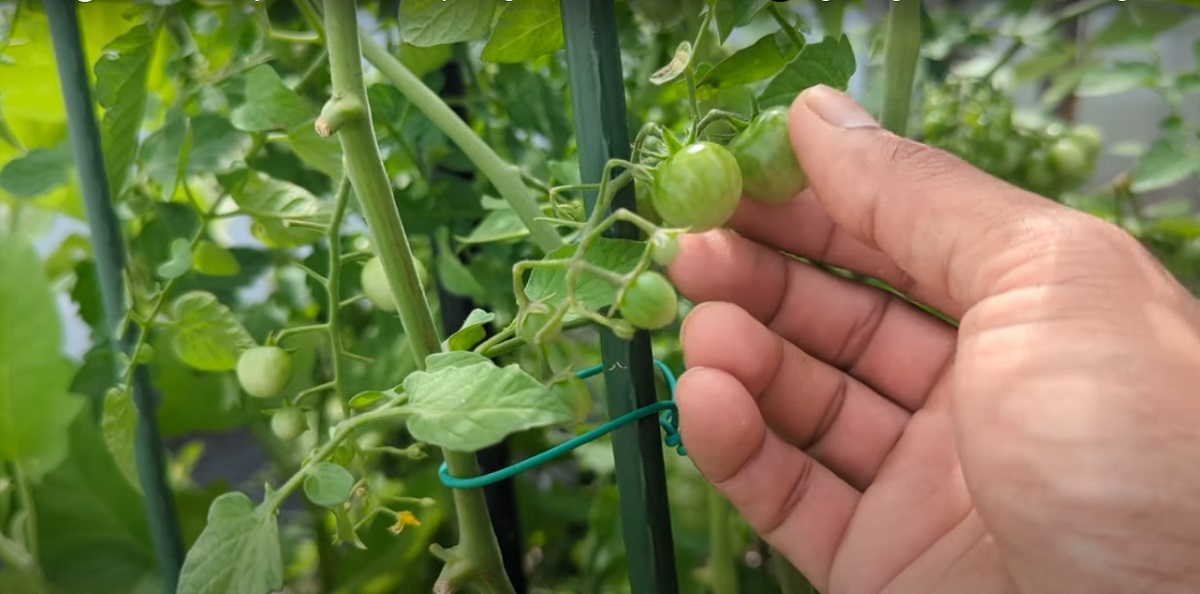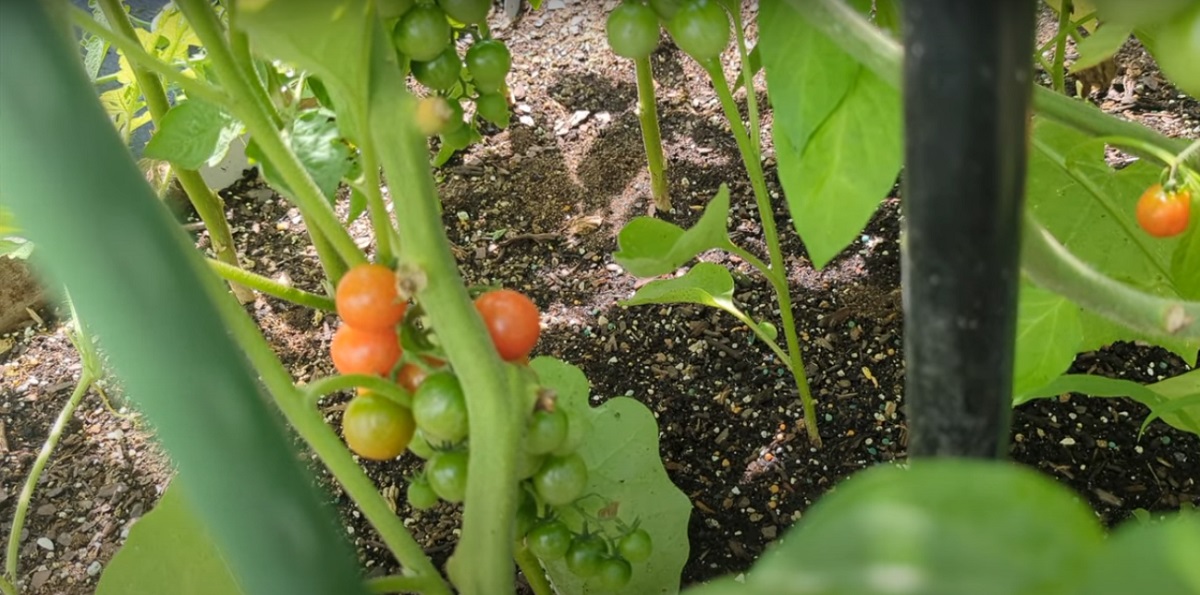Will tomatoes ripen faster if you stop watering them?
introduction
The issue of crop irrigation, including tomato irrigation, is considered one of the most important concerns of farmers, who can not only increase average production but also prevent potential losses with proper irrigation management.

To establish a suitable irrigation program for tomatoes, one should have sufficient data on almost all conceivable irrigation strategies, such as weighting water system strategy, drip water system,
rainwater system, water and water system requirements, site climatic conditions, soil, roots, etc.
Will tomatoes ripen faster if you stop watering them?
Based on research conducted in the United States of America, the presence of a legitimate irrigation system is shown to increase the normal annual yield of tomatoes by at least 60 to 81percent.
This is even though the quality of tomatoes grown in this state is much higher and the losses caused by drought are almost eliminated.
The effect of tomato roots on the water requirement and irrigation of the crop
The tomato plant has relatively deep roots and a considerable root density, which can reach a depth of about 120 cm.
The actual rooting depth may vary depending on soil conditions and tillage practices.
However, the effective rooting depth is generally 30 to 45 cm and almost half of the roots are no deeper than 15 cm.
Attention to the root and effective rooting is vital, as the plant must not suffer water stress.
Water stress in tomatoes leads to the shedding of flowers and young fruits, and eventually to the withering of the plant.
There are several methods for watering tomato plants, which ultimately depend on the following factors:
- – Availability of the necessary equipment
- – Size and shape of agricultural land and garden
- – Quantity and quality of available water
- – Required and available labor
- – Energy costs
- – The total amount of the desired costs
Flowering time of the tomato plant
Generally, a tomato plant begins to flower about 60 to 80 days after planting.
However, this timing may depend on various environmental factors. Some of these factors are:
– Air temperature: tomato needs a temperature of 23 to 32 degrees Celsius for germination and 18 to 24 degrees Celsius for flowering.
Temperatures above or below this range may cause the flowers to drop.
– Sunlight: tomatoes need 8 or more hours of sunlight a day. Less light slows their growth and flowering.
– Irrigation: tomatoes need regular and adequate irrigation. Drought or wetness of the soil can cause the flowers to drop.
Water stress during germination can also shorten the flowering period.
– Development strategy: development strategy can also influence the flowering time of the tomato plant.
For example, seedlings grown in the vault will begin to flower more quickly after repotting than with other strategies.
Irrigation under pressure of tomato plants
This rainwater system framework incorporates: a central turn (center turn), wheel (roller), sprinkler weapons (travel weapon), settled classic, etc., and every one of these frameworks can be tasty if utilized accurately.
Therefore, when choosing a method of irrigation for tomatoes, one should consider such things as the cost of implementation, fuel costs, available labor, and so on.
Any pressurized system used for tomato production must be able to deliver at least 25 mm of water every 4 days,
not only to meet the plant’s water needs but also to protect the plant from water stress in any situation.
In addition, water delivery should be slow and sufficient to prevent the plant from falling over.
Drip irrigation of tomato plants
Drip irrigation has become a standard method for tomato production today.
One of the main advantages of drip irrigation is the lower water consumption and higher productivity of this method.
Studies in this field have shown that vegetables irrigated with a drip irrigation system used 40% less water.
Irrigation planning, water requirement, and tomato plant irrigation
When watering the tomato crop, attention should be paid to the rate of evaporation and transpiration of the plant.
Factors affecting the evaporation and transpiration of the plant include Plant growth stage, temperature, relative humidity, solar radiation, wind speed, and distance between plants.
The tomato plant should be watered in the early morning hours so that too much water is not lost through evaporation and transpiration It’s not a good idea to water tomatoes at night.
If plants are watered at night and the leaves are wet, it can lead to certain plant diseases.
Try to avoid watering in the middle of the day as much as possible to minimize the effects of evaporation and transpiration.
Practical advice on watering tomatoes
Water tomatoes, so to speak, only when they need it because if you give them too much water, it can cause damage.
In these circumstances, if you abuse water, it does not go to waste, so to speak, but it stops beyond the discussion of getting to the roots since the soil is flooded.
– It is important to note that irrigation of the soil can lead to a cooling of agricultural land between 2 and 5 degrees Celsius, and this effect is most noticeable when the irrigation water is cool.
This cooling of the soil may be considered valuable in summer, but it should be known that caution should be exercised early in the season and when the soil temperature is 15 degrees Celsius or less, as the cool soil and wet temperature will retard the development of the stock.
conclusion
proper irrigation management is crucial for maximizing tomato yield and quality while minimizing potential losses.
Understanding various irrigation strategies and their suitability for different environmental conditions is essential for establishing an effective irrigation program for tomatoes.
Tomato roots play a significant role in water uptake and distribution, highlighting the importance of maintaining adequate soil moisture to prevent water stress, which can lead to flower and fruit loss.














